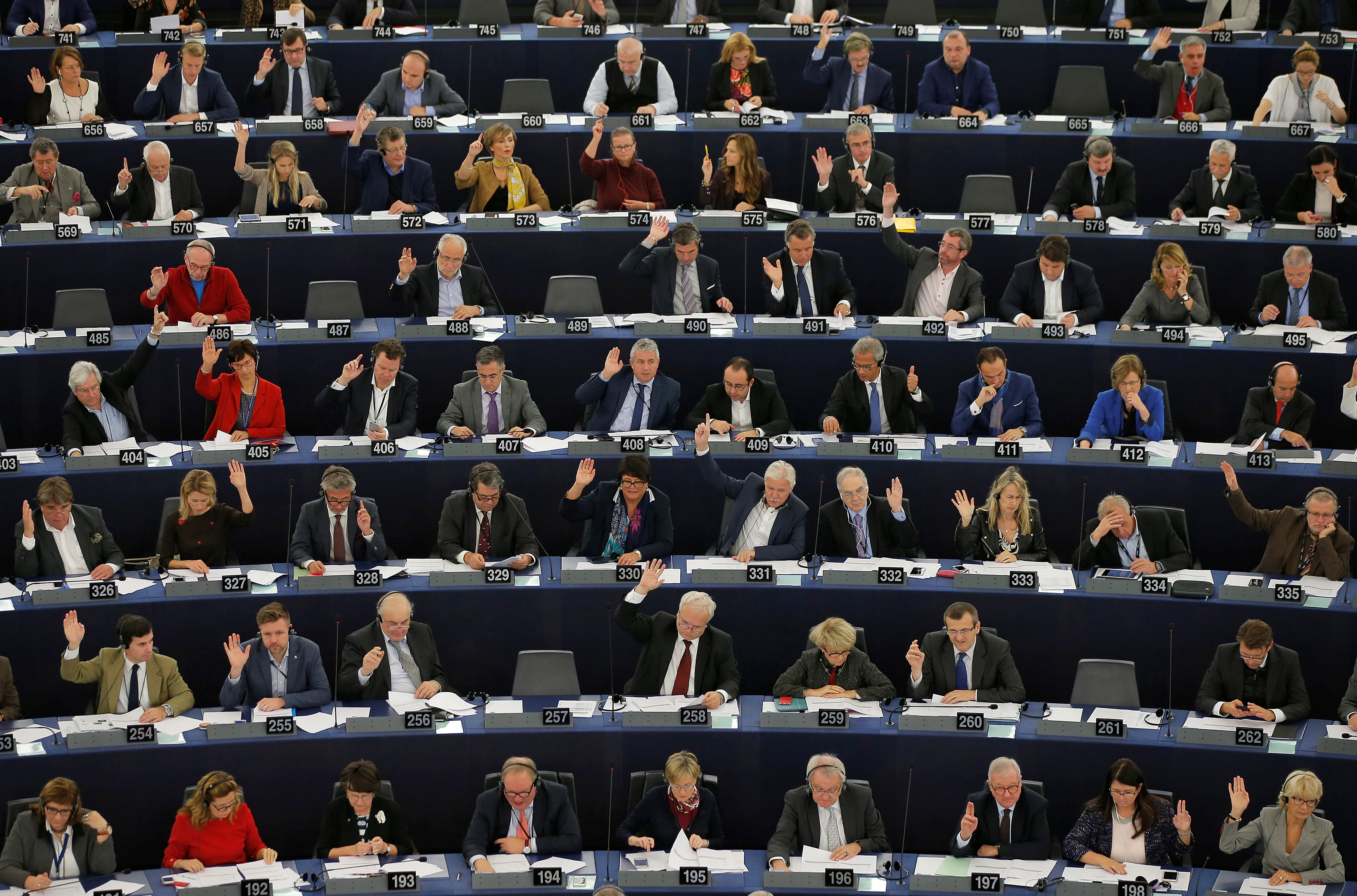The European Parliament keeps an Arctic focus
2016 could very well go down in history as the European Union’s “Polar Year.”
The EU, along with 24 countries, recently brokered an international agreement to create a marine park in the Ross Sea around Antarctica and EU institutions to launched several Arctic policy statements.
In April, almost 4 years after their last policy update on Arctic matters, the European Commission and the High Representative of the Union for Foreign Affairs and Security Policy published their Joint Communication on “An Integrated European Union policy for the Arctic”.
In June, the Council of the European Union – the EU institution that represents the governments of the EU’s Member States – expressed its circumpolar views by adopting its new Arctic Conclusion. And presently, the European Parliament is drafting its new resolution on “an integrated European Union policy for the Arctic.” This will be the EP’s fourth policy statement on Arctic issues since its first resolution in 2008.

The latest draft document from October 12 is currently debated by the two responsible committees: the Committee on Foreign Affairs and the Committee on Environment, Public Health and Food Safety. According to the EP’s legislative observatory – the institution’s database for monitoring the EU decision-making process – a plenary of the first reading of the document is envisaged for March 1, 2017.
What does it entail?
The 12-page draft document includes both the motion for the EP’s resolution, as well as an explanatory statement that broadly highlights the Arctic’s international uniqueness and the EU’s related engagement.
Initially, the policy statement does not really reveal any new information. The EP re-emphasises the union’s role as global actor with longstanding Arctic engagement and a gradually built and enhancing regional policy.
It further and particularly stresses the need for the EU and its member states to take a stronger role in the effective implementation of international conventions that could have a positive impact on the Arctic’s future and the region’s sensitive environment.
Additionally, it advocates a strong role for the EU in promoting multilateral arrangements and a global rule-based order by simultaneously underlining the importance of the broad international legal framework already applying to the Arctic.
The EP also does not give up on a particular unit for Northern policies within the European External Action Service or the development of the EU Arctic Information Center. The European Arctic stakeholder forum, proposed in the latest joint communication, should further help to enhance synergies between existing financial and cooperation instruments and is in principle welcomed by the EP.
To a major extent, especially for the EU/Arctic interested community these expressions are rather yesterday’s news and come within the ambit of diplomatic courtesy, proper policy introduction or are a simple reminder of EP Arctic agency.
The nitty-gritty details
Yet, some aspects catch the reader’s careful eye.
For example, the EP calls the commission and the union’s member states to particularly support the development of an Arctic Environmental Impact Assessment. Such an EIA should eventually be deployed when evaluating projects taking place in the Arctic. The EP emphasizes that an EIA should eventually be made mandatory and asks for an international liability and compensation regime for contamination of lands, waters and marine areas resulting from offshore oil exploration and exploitation.
Based on the EU and EP’s Arctic policy history and the strong notion of Arctic sovereignty in (most of) the region’s states, one can expect a potential outcry from policymakers, political commentators and newspapers. However, such a proposal matches previous statements of the EP (and some of its MEPs) and well illustrates its distinct character – an institution that brings together many internal and external voices, constituencies and political parties. Moreover, it remains debatable how a compulsory Arctic EIA – envisaged as a prerequisite for goods marketed in the EU – could be implemented considering existing trade rules or the issue of energy security.
Additionally, the draft document emphasizes the region’s geopolitical importance – a term that has almost disappeared from the EU’s Arctic vocabulary – by simultaneously noting the increase in the stationing of Russian military forces in the region. Neither the joint communication nor the conclusions have specifically mentioned this. Accordingly, the EP stresses the importance of engaging with Russia in Arctic cooperation, directed by the use of selective engagement in order to seek progress on issues of common concern – a proposition already made by HR Federica Mogherini in June 2016. The EP urges to include this issue in the Union’s policy on the Arctic.
What is next?
The EP’s new resolution is still work in progress. Yet, the available draft document highlights the Arctic direction the EP envisages to go. Most of it is the logical continuation of an eight- to nine-year-old Brussels-based policy process.
In comparison to the commission/EEAS or the council, the EP still wants the European Union to take a much more activist Arctic role and position. Accordingly, some details of the final policy product may lead to intensified discussions between the EP, its institutional counterparts or Arctic states and stakeholders.